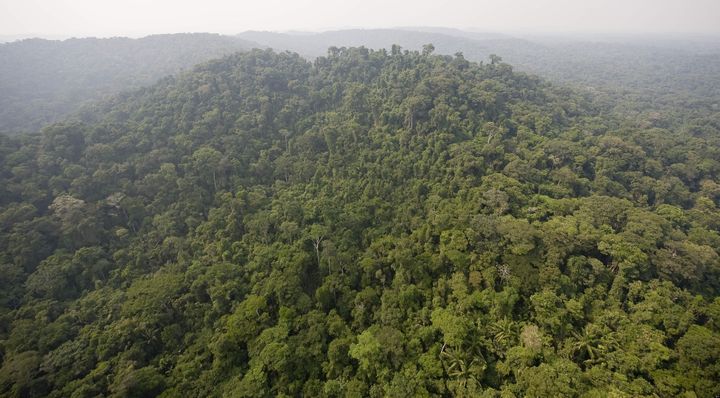
The role of economics is becoming more and more important in the fight for rainforest conservation and protection. Recent frames in the media had centered on the role that businesses, particularly, the role that big multi-national energy companies, are playing in the struggle to conserve these fragile ecosystems. Fortunately, the media is reporting on these stories and the watchful eyes of concerned citizens are taking notice. This was true on The Rainforest Newsladder this week as posts from around the globe highlighted how profits are outweighing protection. Along with our partners at Rainforest Alliance we look to bring you the latest news and happenings from around the world on everything from land practice uses to consumer behavior.
Our first story takes us to Brazil to revisit a story posted a few weeks back on The Rainforest Newsladder. You may remember rock-legend Sting advocating on behalf of an indigenous Amazonian group that was fighting against a proposed mega hydroelectric dam. The $17-million project received approval yesterday from the Brazilian government for construction to begin. Sting and other advocates can take some consolation in getting the original area that is slated for flooding reduced from 5000 square miles to 250. Brazil has already started building roads, power grids, gas pipelines, (and now a huge dam) to take advantage of the vast amount of profitable resources in the area.
Dams are not the only threat to Amazonian rainforests. In a story covered by the Guardian this week, Royal Dutch Shell signed a $12-billion deal with Brazil energy-giant Cosan. The contract will give RDS a larger stake in the world's bioethanol market. Brazil, where most cars run off the bioethanol produced from sugar cane, will reap the benefits of larger markets with the deal. The downside (and it's a huge one) is that more land will have to be reserved for sugar cane production. The answer: take away arable lands from food production (causing higher food prices), or make more arable land by chopping down the rainforests. Not much of a choice there.
Biofuels may have seemed like a viable alternative to fossil fuels when they hit the market, but as more research is being done as to its effects, it is becoming clear that they are not the answer. A recent report by the Renewable Fuels Agency concluded that biofuels "may accelerate the loss of rainforests." The report went on to cite data from the UK where fuel companies were not accurately reporting the origin of their biofuels. The result was that up to 60% of biofuels were coming from unsustainable production farms. The source for much of the biofuels in Britain is palm oil production from Indonesia. These palm oil farms have devastated rainforests in Indonesia, which has, ironically, made it the 3rd largest CO2 emitter in the world. While Britain fuel markets may give the illusion of being more "eco-friendly" by including more biofuels in their fuel mix, all of those gains are lost because rainforests are being burned in Indonesia to be able to provide them.
Have a story you think is important about rainforest conservation and protection? Visit us at The Rainforest Newsladder and post your best finds. Along with our partners at Rainforest Alliance, we scour the Internet looking for the best content and information regarding these important issues and would love to have your input. Who knows? You may even find your story featured here next week on 'What's Up With The Rainforest'. You can also join us out on Facebook at The Rainforest.
